Sbarro Royale -1979
This replica of the Bugatti Royale cost a whopping 300,000 Swiss francs in 1979! Six meters long, weighing almost 2.5 tons, with two Rover engines, 16 cylinders and 320 horsepower. A car of superlatives.
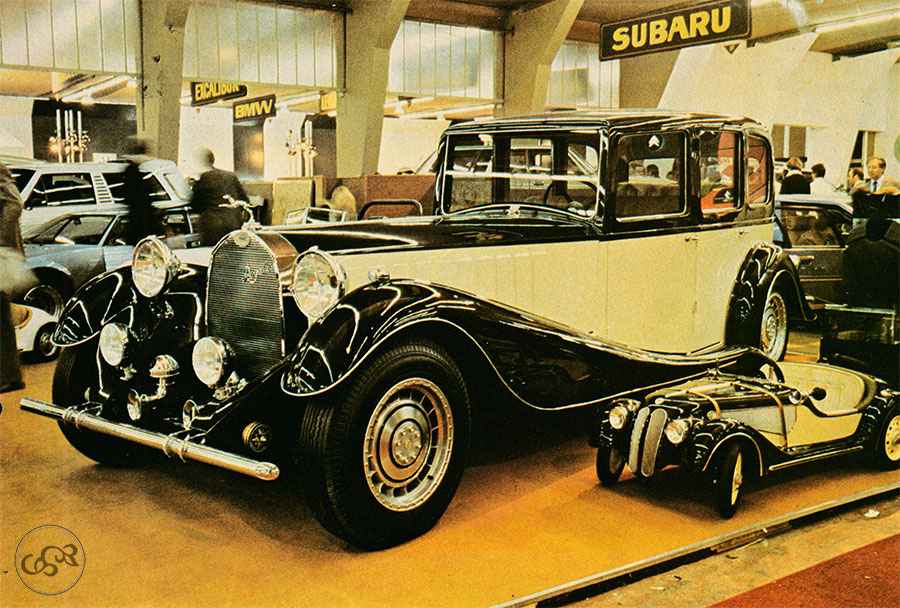
Evocation
The Royale was commissioned by Mr. Schnapka, a German industrialist living in Berlin. Strictly speaking, the car is not an exact replica of one of the Bugatti Royales, but a sort of evocation reminiscent of the Royale Binder with its wings and the Royale Parkward with its cabin. On the brochures for the 1979 Geneva Motor Show, the Royale was described as a "high-class car with styling faithful to the famous Bugatti Royale". So let's be clear: this is not an exact copy. By mutual agreement, the client and Franco Sbarro chose to reduce the dimensions of the original by around 15%. Nevertheless, the car is six meters long, 1.85 meters wide and 2.05 meters high, with a polyester body, as always with Sbarro. But the thickness of the panels gives it rigidity and strength. The hood alone weighs around 100 kg. The cockpit seems too high, resulting in unharmonious proportions. This was Mr. Schnapka's request for greater habitability.

Modern
On board, comfort is royal: velvet, carpets, telephone (unusual in 1979) and air-conditioning. But it's all rather sober. The dashboard is rather uncluttered, with just the essentials. No technological gimmicks or gadgets. A sobriety that contributes to the luxury of the Royale.
The running gear is equally modern, with independent suspension and power steering.
All this comes at a price. I'm not talking about money, but weight. The Royale weighs 2500 kg. Four disc brakes are no luxury, especially as the car can reach 180 km/h.
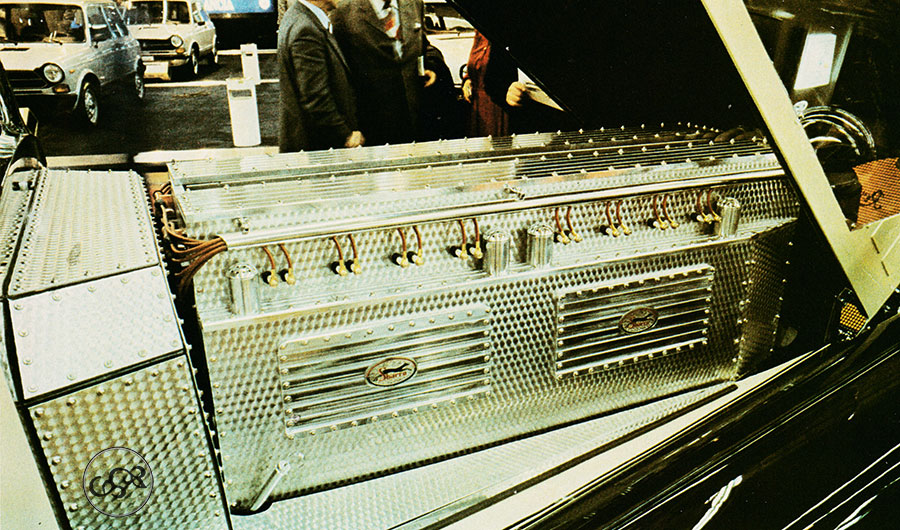
Unique 16-cylinder V engine
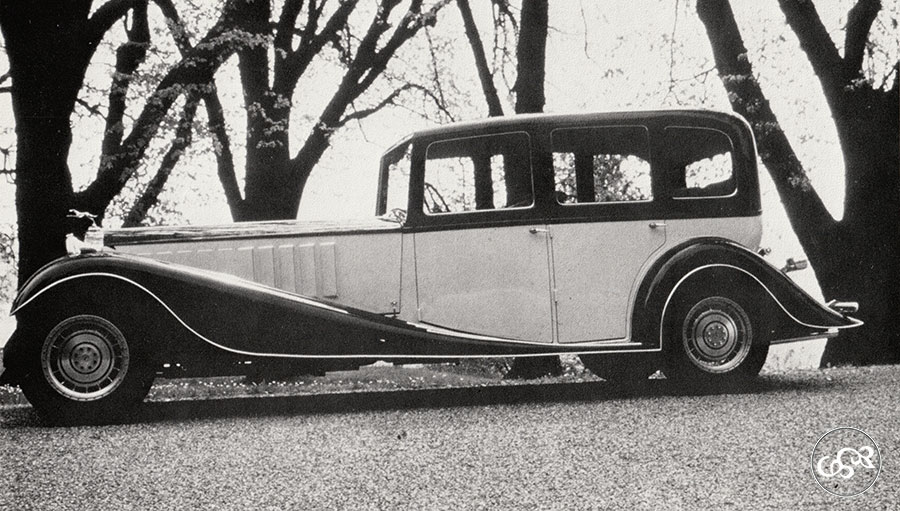
Sacrilege or masterpiece?
Main sources
- 16-cylinder V engine
- Engine in front longitudinal position
- Moteur en position longitudinale avant
- displacement 7000 cm3
- 340 horsepower
- Automatic gearbox
- Rear-wheel drive
- Four disc brakes
- Polyester and fiberglass bodywork
- Armored
- Weight 2500 kg
- length 6 m, width 1.90 m, height 2.05 m
- maximum speed around 180 km/h
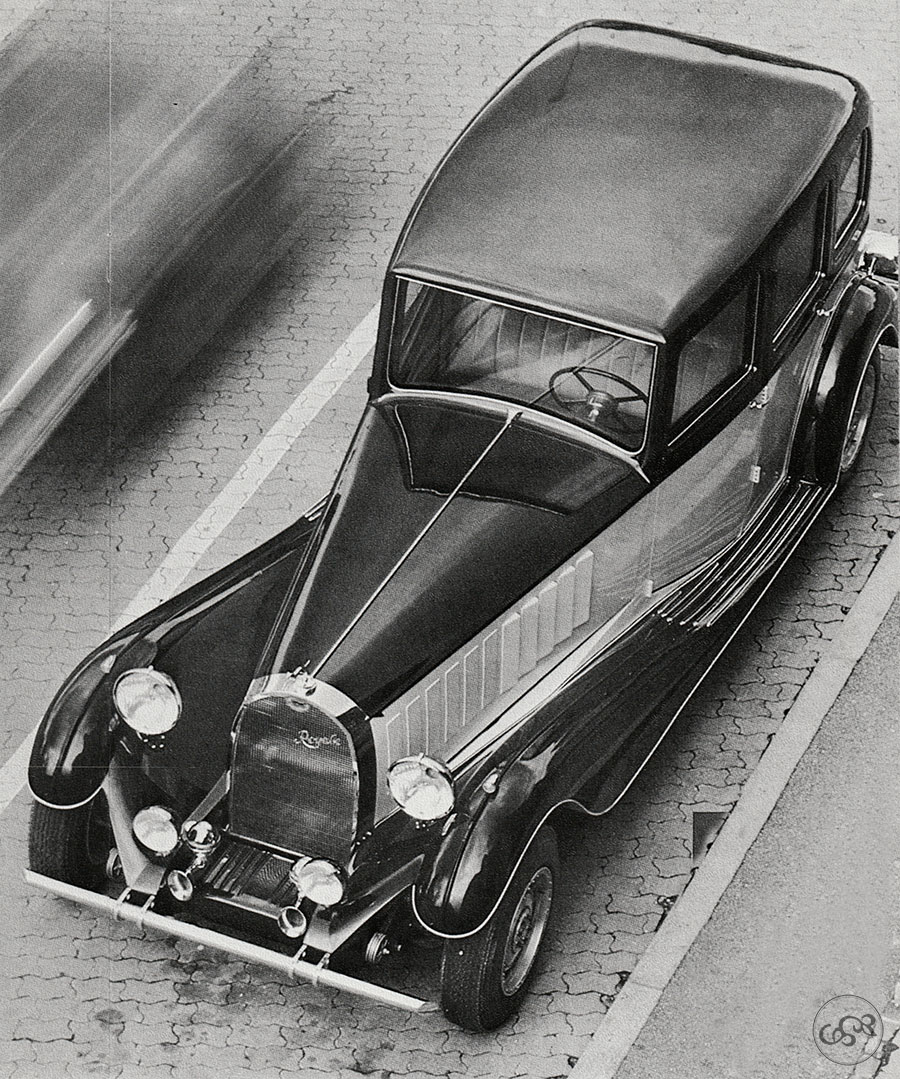
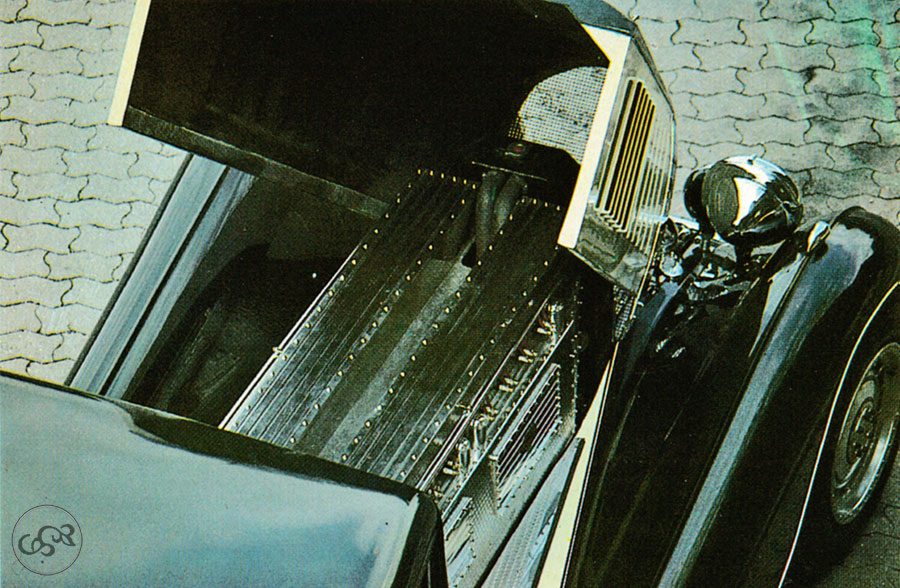
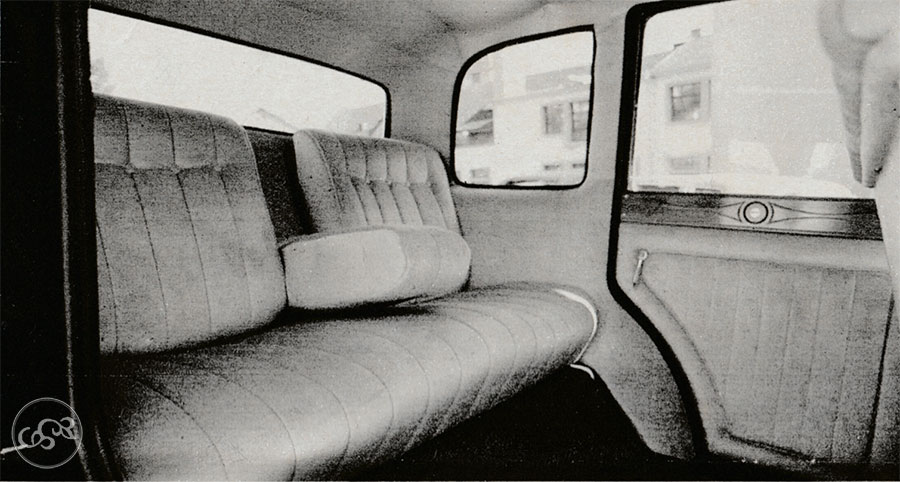
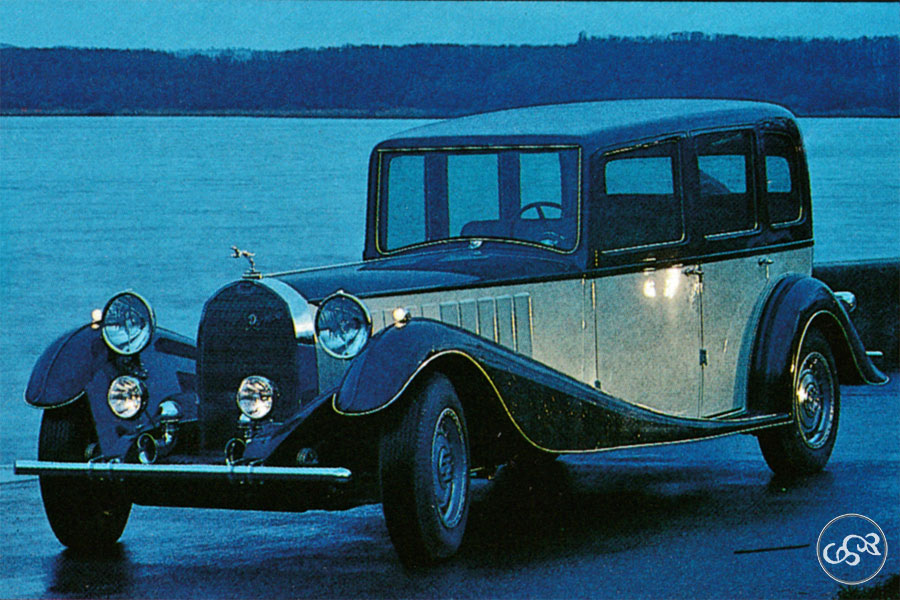
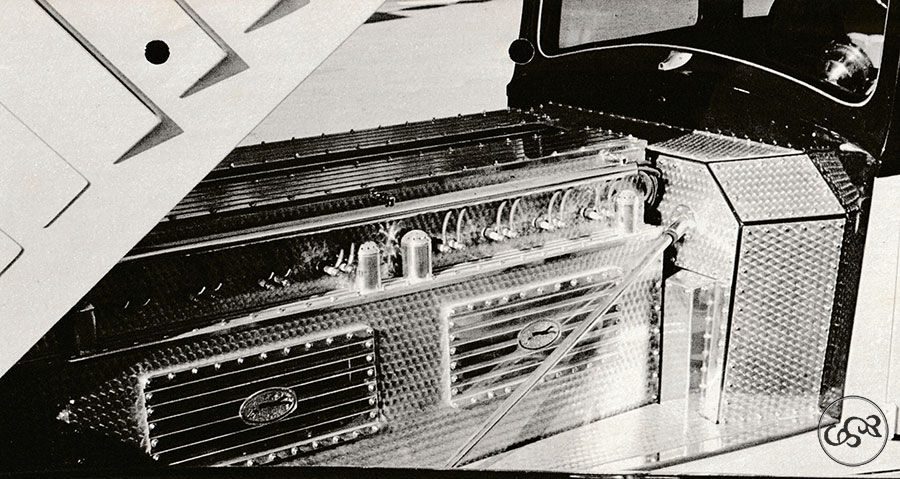
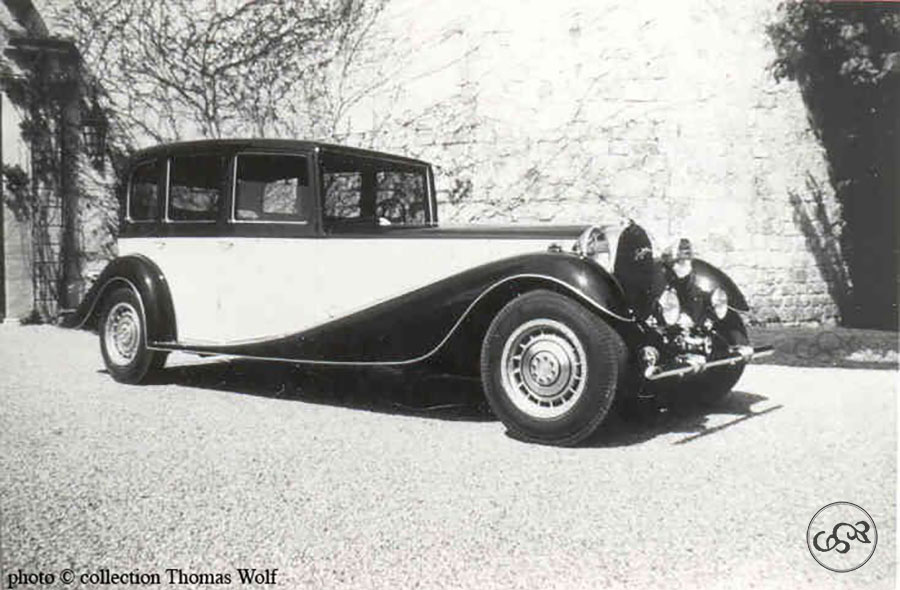
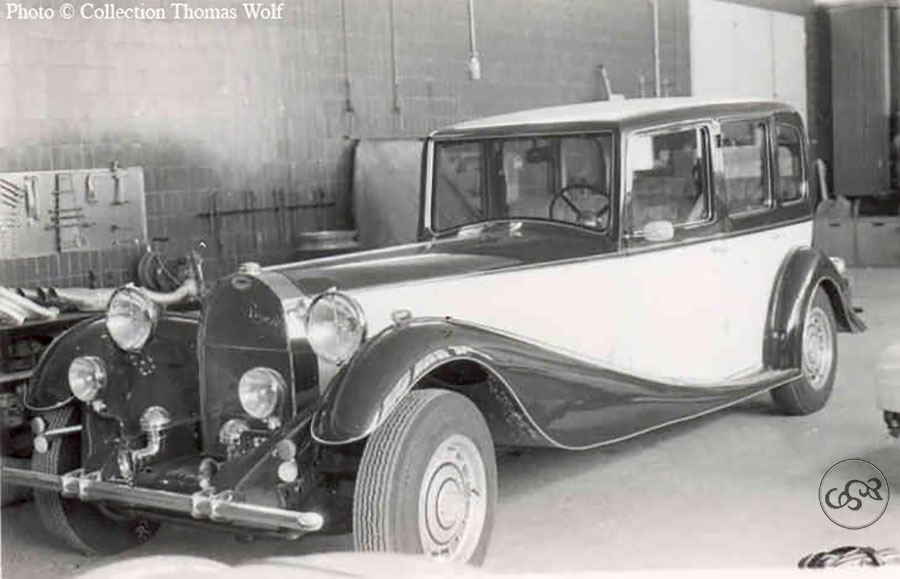
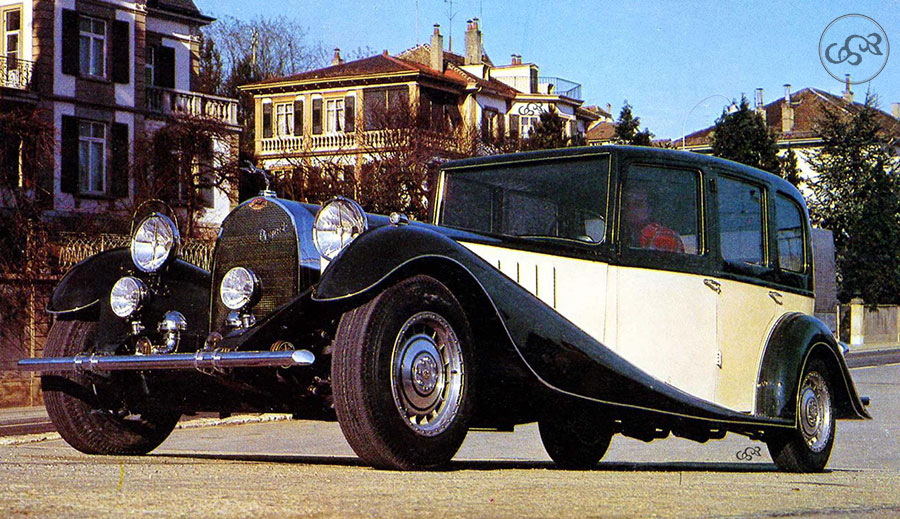
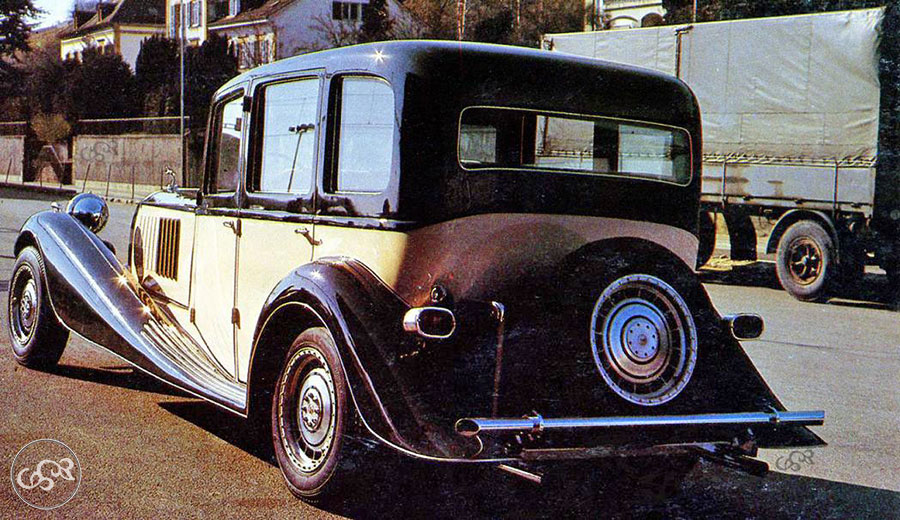
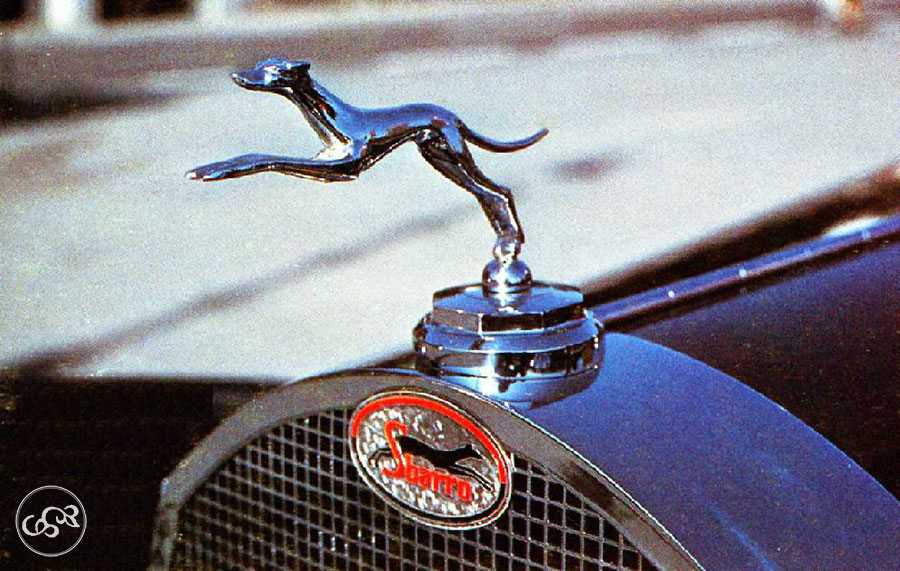
In brief
1- Evocation of the most prestigious Bugatti, the Type 41 Royale
2- Unique 16-cylinder V engine
3- Undeniable build quality